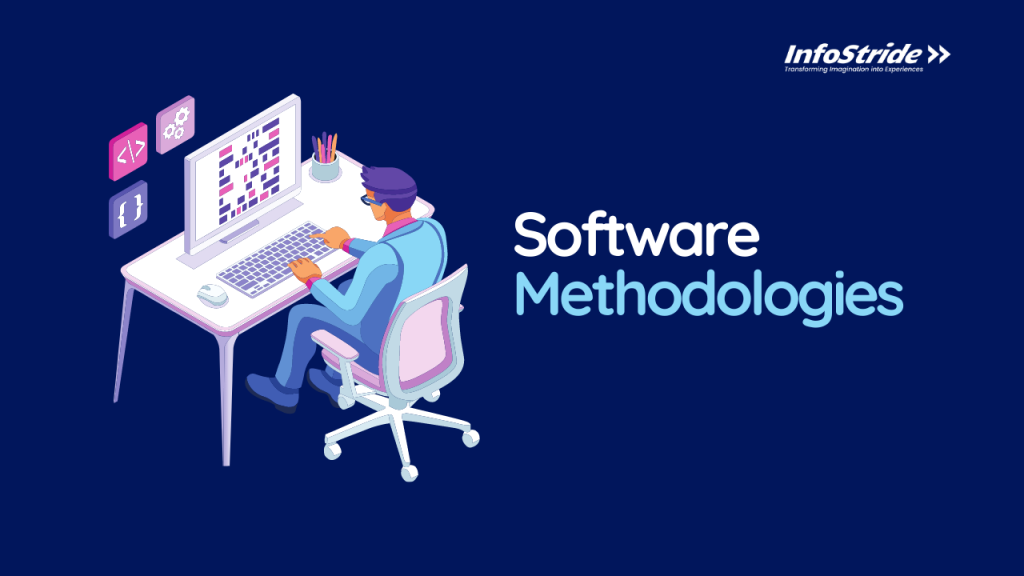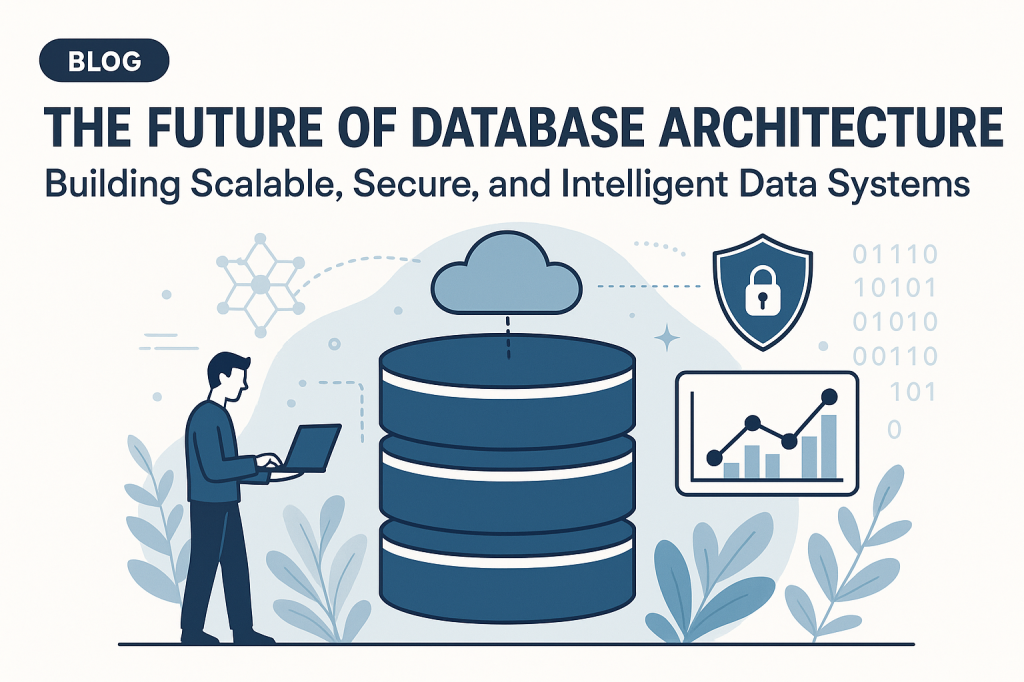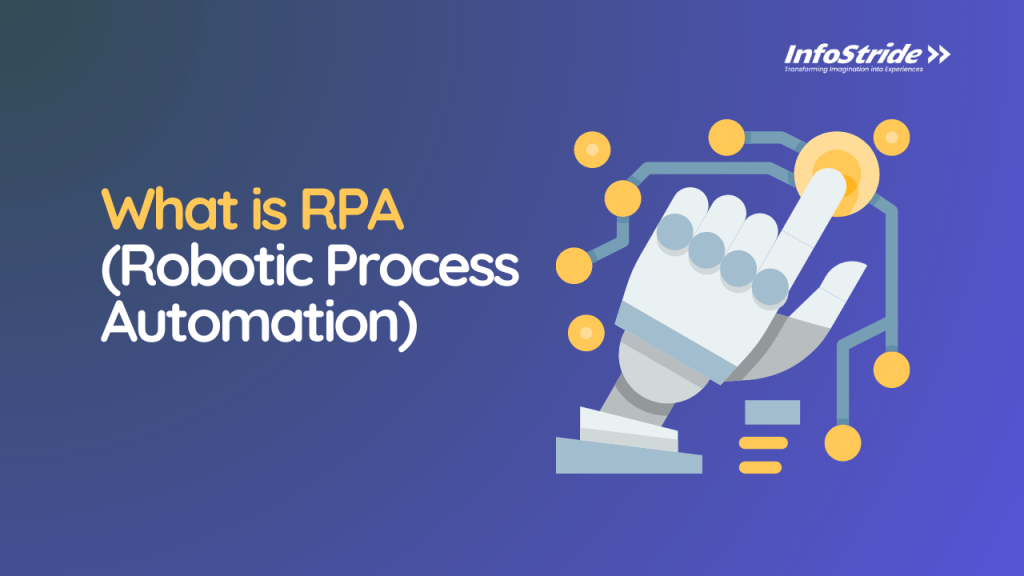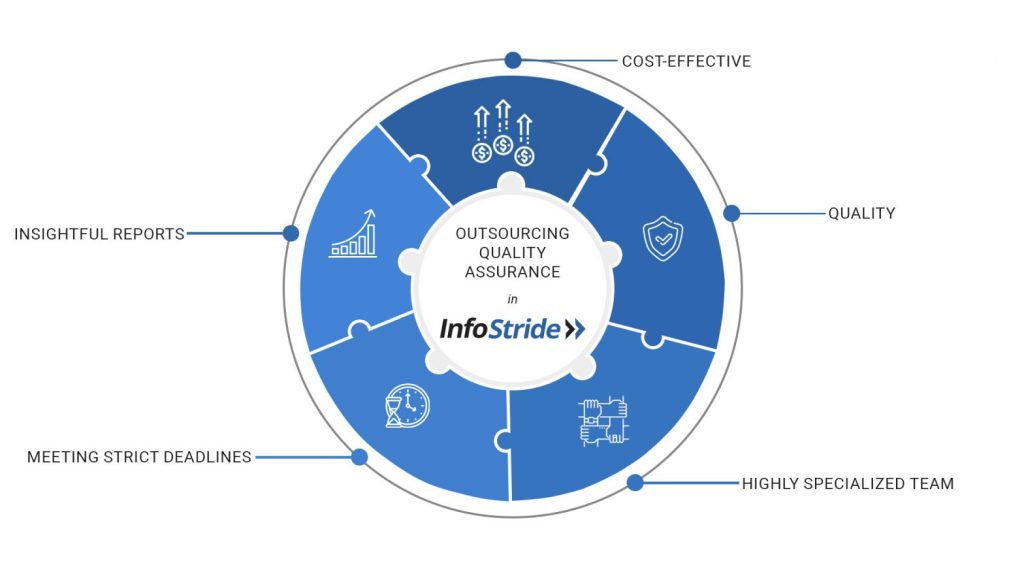Table of Content
Scrum Methodology
For many developers in the software industry, the agile methodology is nothing new. Most folks know that agile was a direct response to the dominant project management paradigm, waterfall, and borrows many principles from lean manufacturing. In 2001, as this new management paradigm began to pick up momentum, agile was formalized when 17 pioneers of the agile methodology met at the Snowbird Ski Resort in Utah and issued the Agile Manifesto. Their manifesto is now considered the foundational text for agile practices and principles. Most importantly, the manifesto spelled out the philosophy behind agile, which places a new emphasis on communication and collaboration; functioning software; and the flexibility to adapt to emerging business realities.
But for all of the strides the Agile Manifesto made in revising a philosophical approach to software development, it didn’t provide the concrete processes that development teams depend on when deadlines — and stakeholders — start applying pressure. As a result, when it comes to the nuts and bolts of running a team with agile every day, organizations turn to particular subsets of the agile methodology. These include Crystal Clear, Extreme Programming, Feature Driven Development, Dynamic Systems Development Method (DSDM), Scrum, and others. At my organization, we use Scrum and I’ve found it to be an incredibly effective management methodology for everyone involved, including developers and stakeholders. If you’re interested in learning about the other agile methodologies, there are plenty of resources out there. This blog is designed to provide some essential background for those who are new to Scrum.
What’s Unique about Scrum?
Of all the agile methodologies, Scrum is unique because it introduced the idea of “empirical process control.” That is, Scrum uses the real-world progress of a project — not a best guess or uninformed forecast — to plan and schedule releases. In Scrum, projects are divided into succinct work cadences, known as sprints, which are typically one week, two weeks, or three weeks in duration. At the end of each sprint, stakeholders and team members meet to assess the progress of a project and plan its next steps. This allows a project’s direction to be adjusted or reoriented based on completed work, not speculation or predictions.
Philosophically, this emphasis on an ongoing assessment of completed work is largely responsible for its popularity with managers and developers alike. But what allows the Scrum methodology to really work is a set of roles, responsibilities, and meetings that never change. If Scrum’s capacity for adaption and flexibility makes it an appealing option, the stability of its practices give teams something to lean on when development gets chaotic.
The Roles of Scrum
Scrum has three fundamental roles: Product Owner, Scrum Master, and team member.
- Product Owner: In Scrum, the Product Owner is responsible for communicating the vision of the product to the development team. He or she must also represent the customer’s interests through requirements and prioritisation. Because the Product Owner has the most authority of the three roles, it’s also the role with the most responsibility. In other words, the Product Owner is the single individual who must face the music when a project goes awry.
- ScrumMaster: The ScrumMaster acts as a liaison between the Product Owner and the team. The ScrumMaster does not manage the team. Instead, he or she works to remove any impediments that are obstructing the team from achieving its sprint goals. In short, this role helps the team remain creative and productive, while making sure its successes are visible to the Product Owner. The ScrumMaster also works to advise the Product Owner about how to maximize ROI for the team.
- Team Member: In the Scrum methodology, the team is responsible for completing work. Ideally, teams consist of seven cross-functional members, plus or minus two individuals. For software projects, a typical team includes a mix of software engineers, architects, programmers, analysts, QA experts, testers, and UI designers. Each sprint, the team is responsible for determining how it will accomplish the work to be completed. This grants teams a great deal of autonomy, but, similar to the Product Owner’s situation, that freedom is accompanied by a responsibility to meet the goals of the sprint.
Spiral Methodologies
The spiral model is a software development process combining elements of both design and prototyping-in-stages, in an effort to combine advantages of top-down and bottom-up concepts. Also known as the spiral lifecycle model (or spiral development), it is a systems development method (SDM) used in information technology (IT). This model of development combines the features of the prototyping model and the waterfall model. The spiral model is intended for large, expensive and complicated projects.
Iterative Methodologies
Iterative and Incremental development is at the heart of a cyclic software development process developed in response to the weaknesses of the waterfall model. It starts with an initial planning and ends with deployment with the cyclic interactions in between.
Few hands Picked Articles for you











